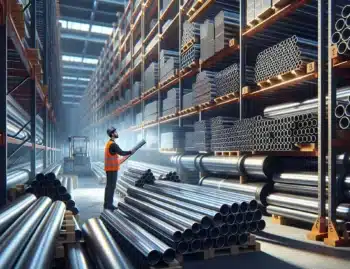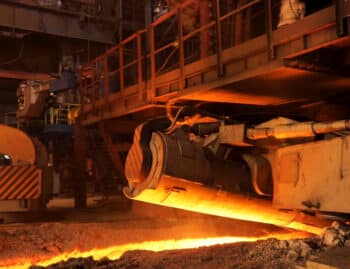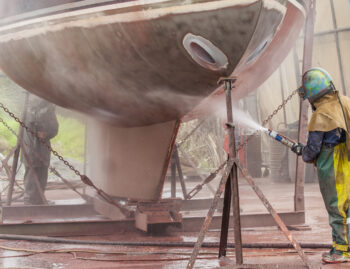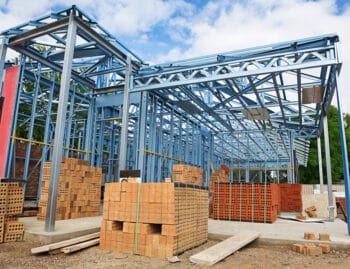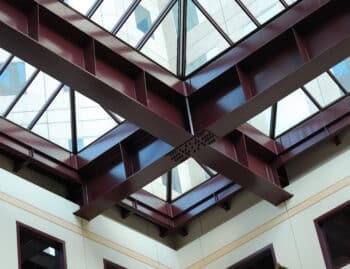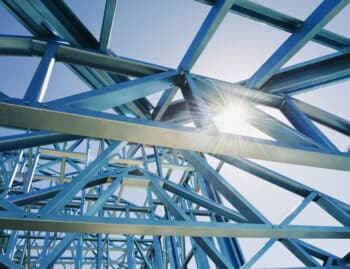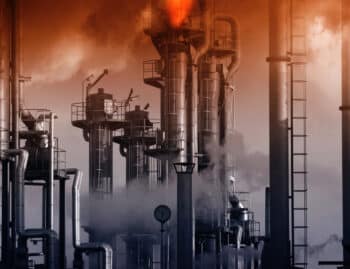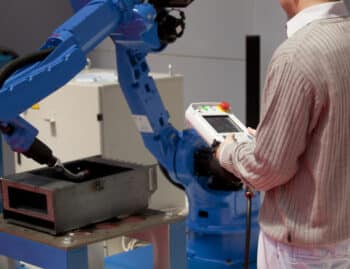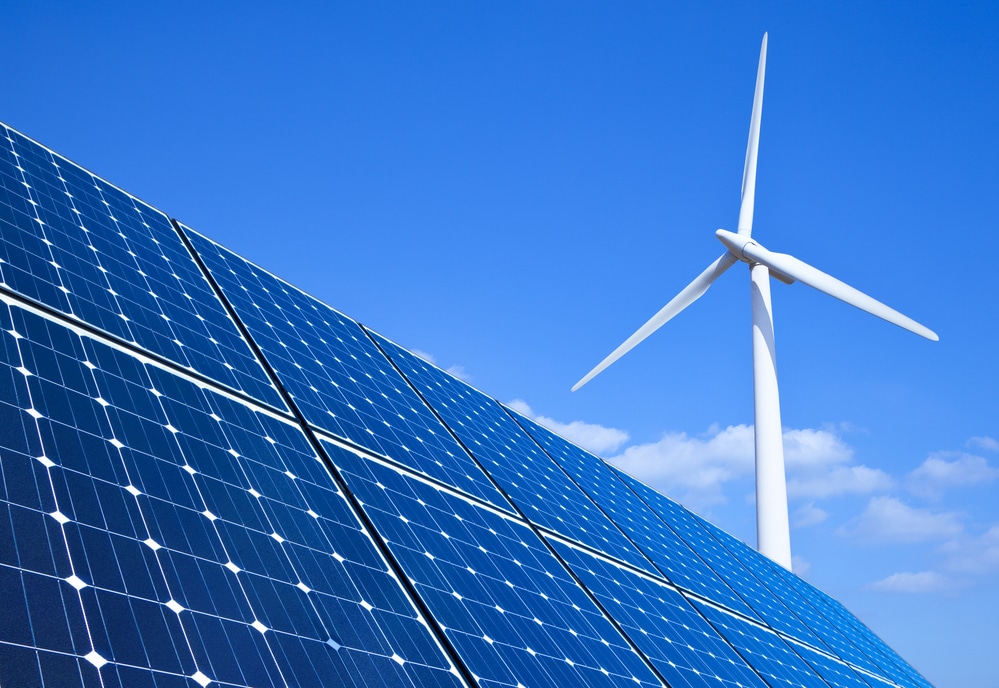
Solar power is becoming a booming industry as more businesses and homeowners shift away from fossil fuels. Steel piping plays an essential role in the solar energy industry. In this post, we will explore how steel and steel piping is used to create a high-quality and sustainable energy system from start to finish.
What Is Solar Power & How Does It Work
Solar power comes from harnessing the sun’s radiation and turning it into a usable form of energy. It uses photovoltaic (PV) cells to transform sunlight into direct current (DC) energy. This energy can then be used as electricity or heat as alternating current (AC) electricity in homes or buildings.
The solar panels you see on the side of the road or on top of roofs are made by connecting many solar cells together. When the sun hits the cells, the energy is absorbed by the electrons and is turned into usable electricity.
The Benefits of Solar Power
Solar power has many benefits over other forms of energy generation. Most importantly, it is renewable and sustainable. We can not over-harness the power of the sun, so it’s unlikely we will run out of the energy source and its use creates no harm to our environment. It’s one of the few forms of energy that doesn’t produce toxic emissions, which helps keep everyone in nearby communities healthier and safer as well.
This power source is also a cost-effective choice for energy. Especially as new technology develops, the cost is slowly decreasing even more. The energy can then be utilized for numerous purposes, such as heating water, cooking meals, and operating contemporary appliances, making it a great asset.
As the industry advances, homeowners will be able to install solar panels on their property more easily, with no trenches or large infrastructure required.
How Steel Pipes Are Used in the Solar Power Industry
Steel pipes are vital for the solar power industry. They are used to transport different components of the panels and are also used in the manufacturing of the panel’s support structures.
In order to connect the solar panels to the electrical grid, wire the solar cells, move the liquid-cooled plumbing systems, and transport thermal water, steel piping must be used.
Each phase of solar power construction will likely rely on the versatility of steel to help get the job done effectively.
Applications for Steel Pipes in the Solar Industry
Steel piping has many practical applications in the solar industry. For example, it is used for the racking system that supports photovoltaic (PV) modules in solar panel installation, as well as part of the solar thermal system, to bring heated water or air from one site to another.
The DC cables used in solar installation also require protection from corrosion. Steel is used as a buffer due to its ability to resist wear and tear. Lastly, steel pipes can help anchor ground-mounted solar panels in a secure and durable manner.
Importance of the Pipe’s Finishing
The pipe finishing must be correctly tailored for the solar industry to maximize the efficiency of the system and its ability to last over many years. It will also help prevent friction as liquid passes through the pipes and reduces leaks and degradation, which can be dangerous and expensive to repair.
The best finishes used in this industry are typically polyester powder, epoxy, polypropylene, polyvinylidene fluoride, or fluoropolymer coatings. These provide protection from natural environmental factors and also resist chemicals and temperature changes.


